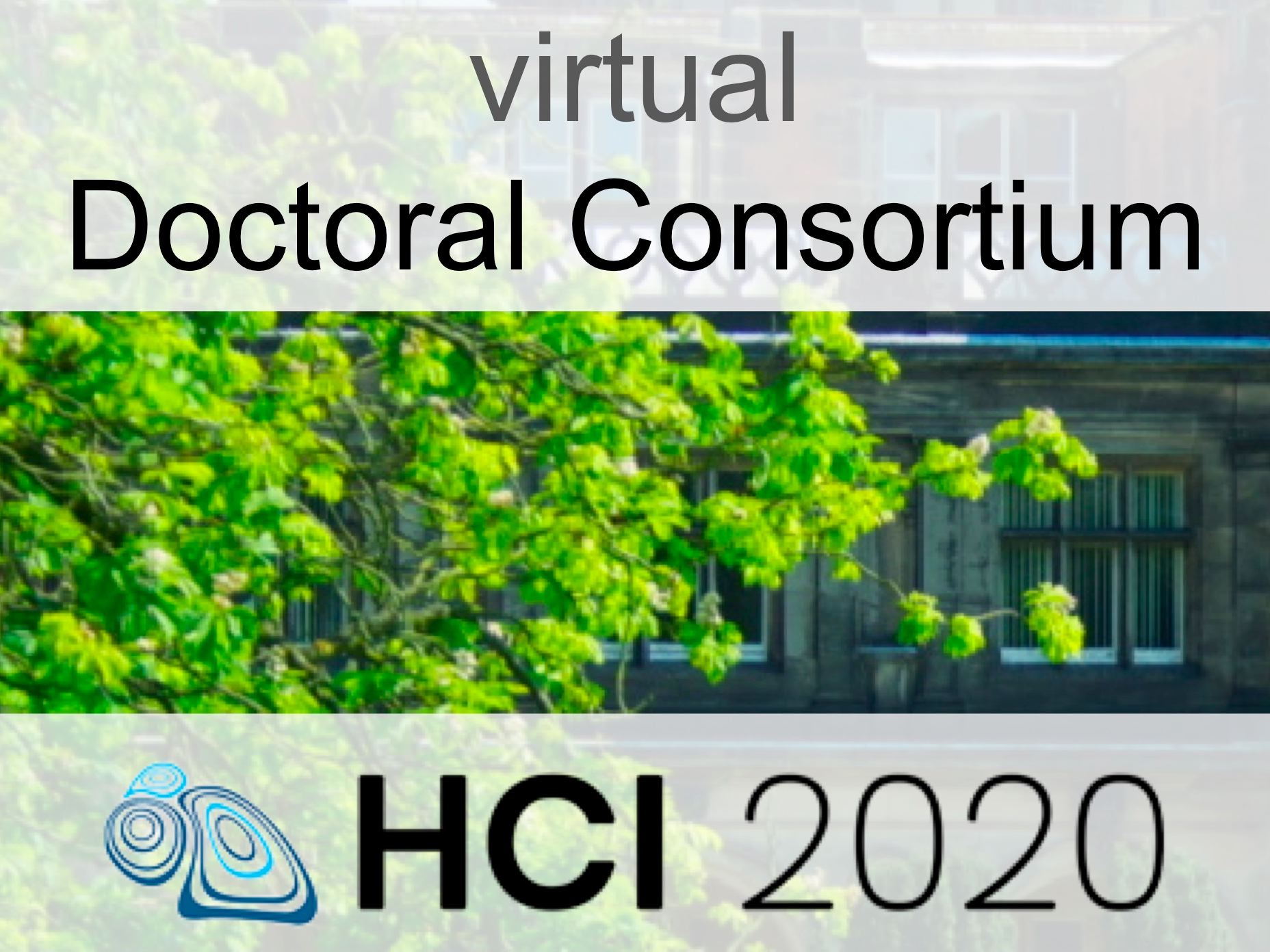The main body of your work is very clear, but what about the bits around the edge: the abstract, the keywords, the introduction, and the summary at the end. Often these are left until the end, and rushed in the final moments before the submission deadline. Yet these are the things that are often read first and determine whether someone bothers to read any further.
It is also often had to work out how the abstract, introduction and summary are different –they just seem to be restating the same in slightly different language.
Keywords: Think about the keywords that someone might type into a search engine, and which people you’d like to end up at your paper!
Abstract: The purpose of the abstract is to help someone who has come across the work to decide if they should read your article. This is your ‘advert’ for your work, but don’t oversell, it is no good someone reading your paper and being disappointed – be honest! On the other hand don’t ‘undersell’ your work; if your work is valuable to someone you want them to read it. An abstract should be aimed at a broad audience not-expert in your particular area: those in your narrow area are likely to know about your work anyway. In general, this should focus on why this important and what you have found/done, but less on the how unless the methodology is particularly unusual. Of course, for a doctoral consortium if you are early in your work or for work-in-progress papers in general, the ‘what’ is often how you plan to proceed. If in doubt, think about what helps you when you have that pile of a hundred papers you have found and want to whittle them down to the twenty or so you really need to read.
Introduction: Yay! Someone has chosen to download the PDF and starting to read. It is quite possible that this is because they have read the abstract … but do not assume they have. Abstracts suffer from ‘banner blindness’ – often readers skip them, not least because they are often not that useful 🙁 Both the abstract and introduction should summarise the main aspects of the paper, but in the introduction you are not trying to let your reader know if it is worth while reading – they are already doing so – now you want to help them make sense of what they will be reading. Give them the big picture, the rationale for the work and the roadmap of what is to come. Then, when they are in the midst of reading background work, or a preliminary study, they have some idea of how this is going to feed into the eventual results.
Summary: Big success – they have got to the end (or maybe skipped to the end to see what the take away is). Your job now is more an aide memoire to remind them of the key points, why they are important and perhaps the future implications. This mat also be the place that a reader returns to some time after reading the aper as a quick catch up.
In summary:
| abstract | introduction | summary | |
| read paper | No | No | Yes |
| who | broad audience | knowledgable | now expert! |
| why | do I want to read this? | how do I make sense of what is to come? | what did I just read? |
